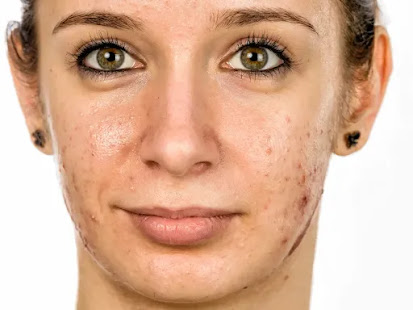Pharmacovigilance

Pharmacovigilance Nothing is an ideal drug; hence, no one can deny the risk of adverse drug reactions and toxicity in pharmacotherapy. So, it needs to record all adverse and unintended effects of a drug that is experienced by the patient or treating doctors. The adverse drug reactions (ADRs) are the pharmacological effect(s), other than known/ desired effects, at a particular dose. Pharmacovigilance is the observance of pharmacotherapy for the detection, assessment, understanding, and prevention of unintended effects, adverse drug side effects, or any other possible medication error, caused by a pharmaceutical product. Pharmacovigilance promotes systemic, rational use and assures confidence in the safety of drugs. It improves patient care and safety, public health, and safety. The adverse drug reactions (ADRs) may be of the following types – 1. Adverse Event/Experience (AE): during treatment with a pharmaceutical product, the appearance of any drug in...



